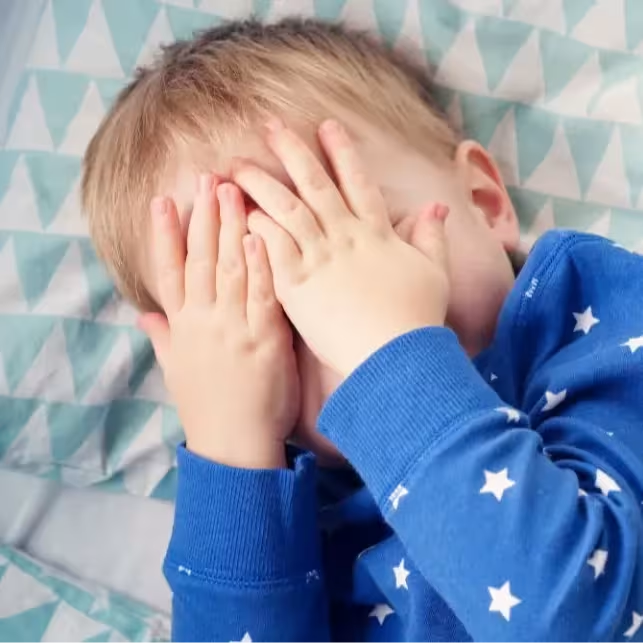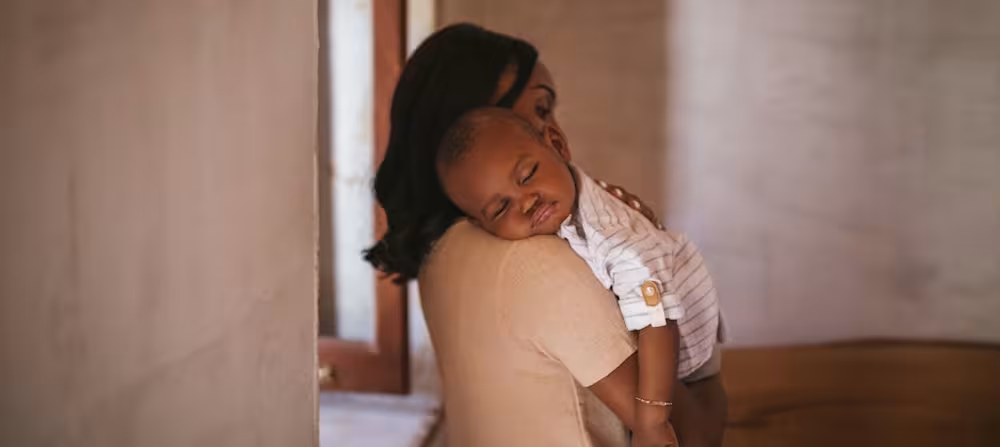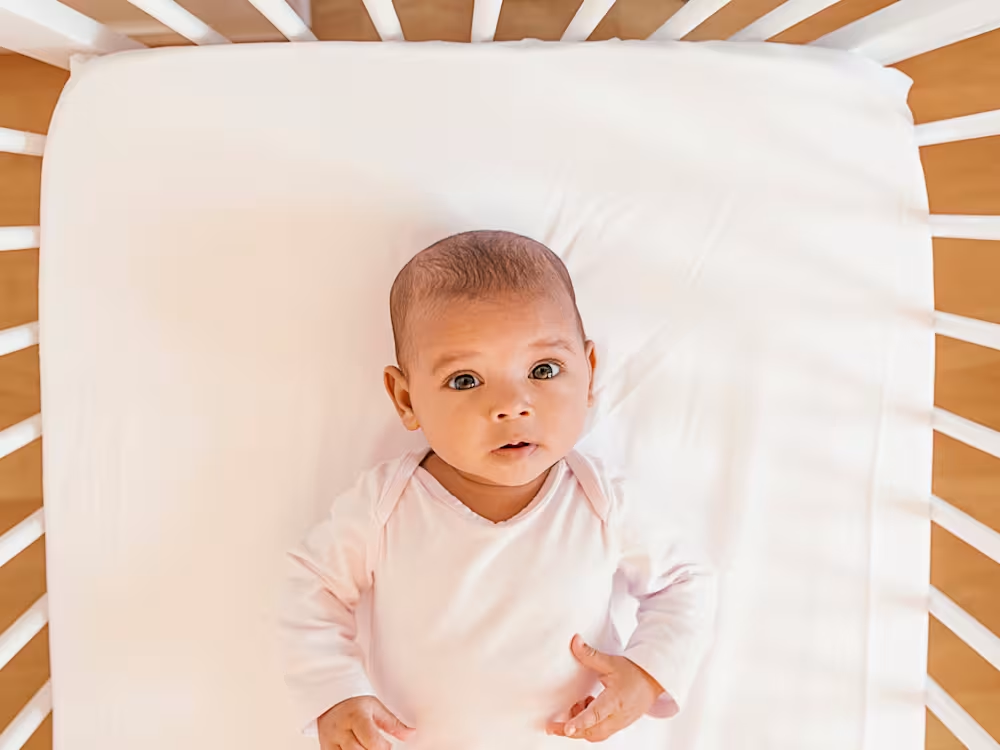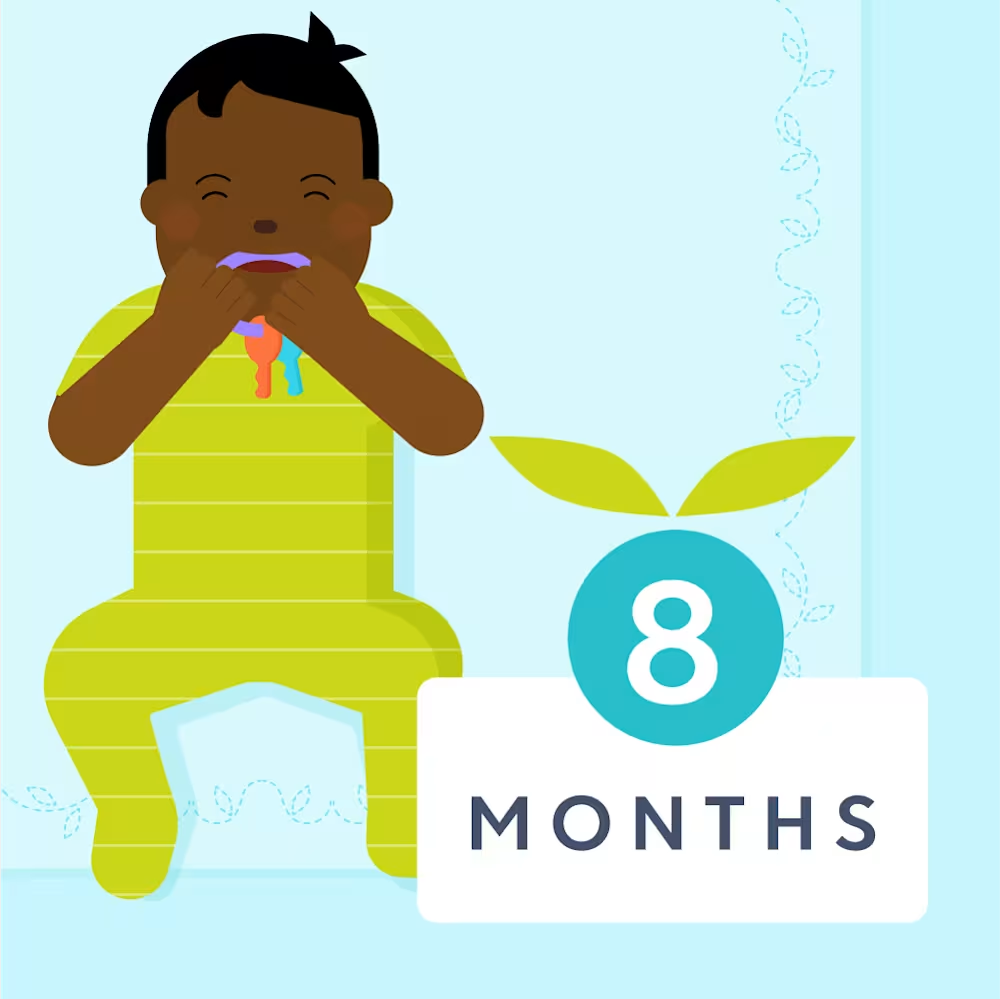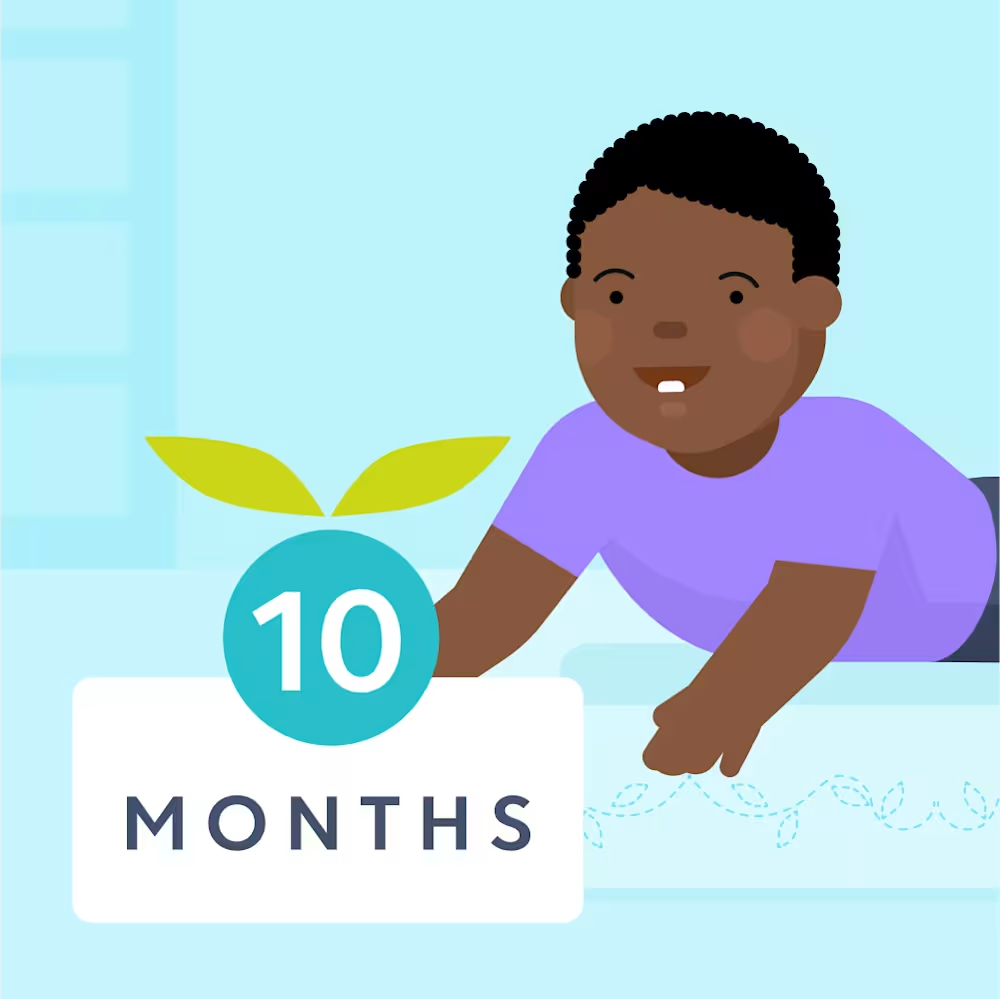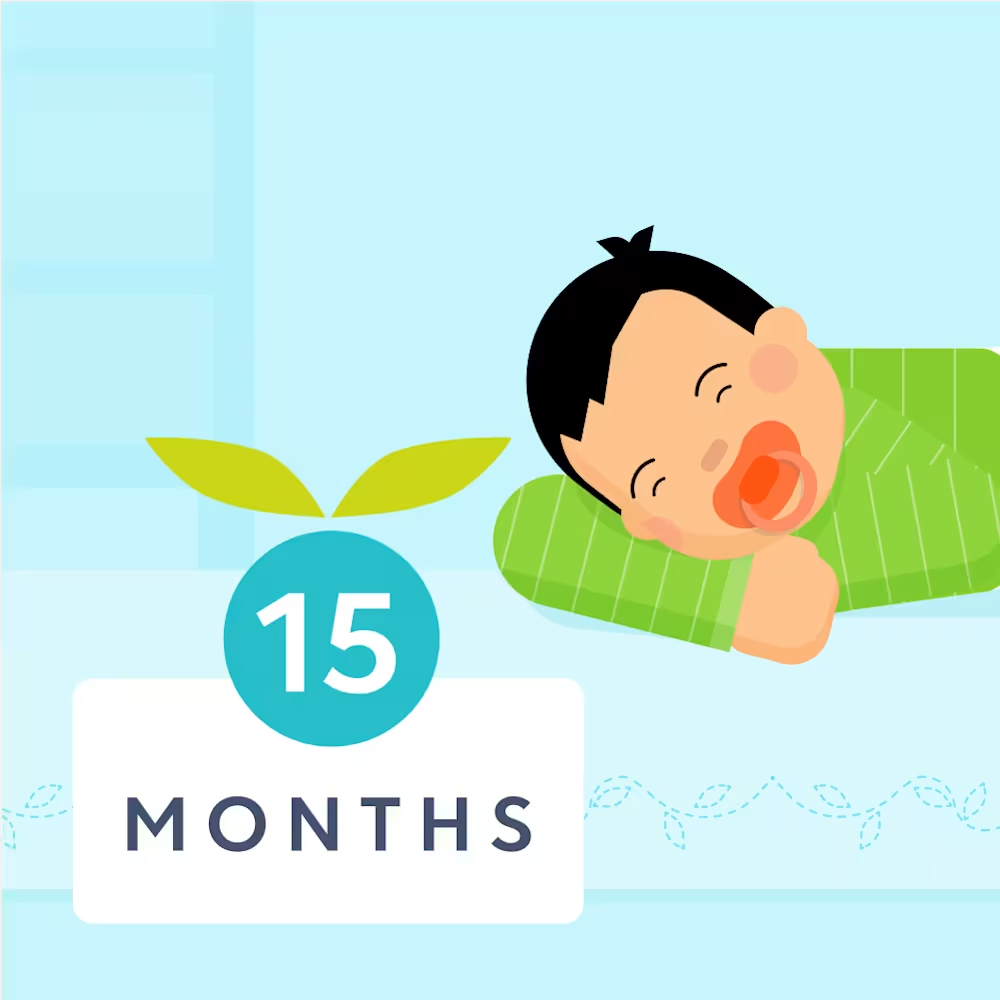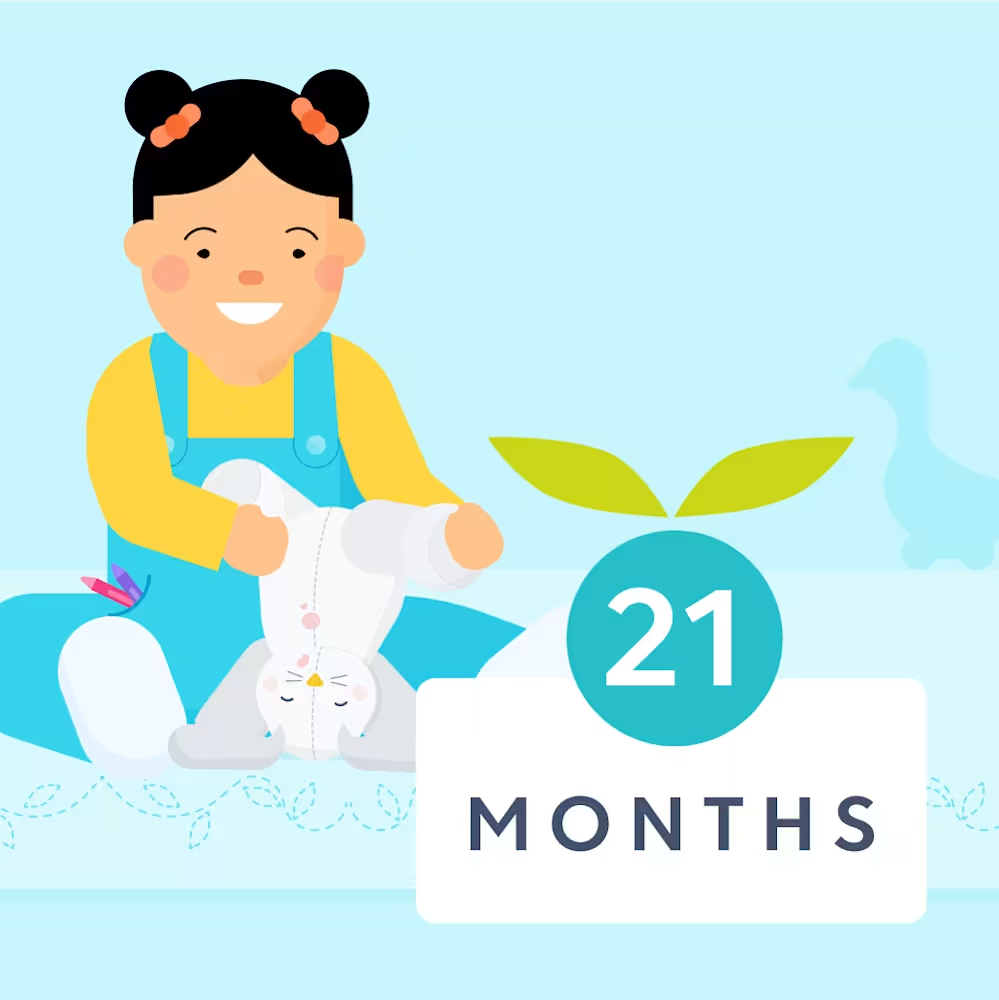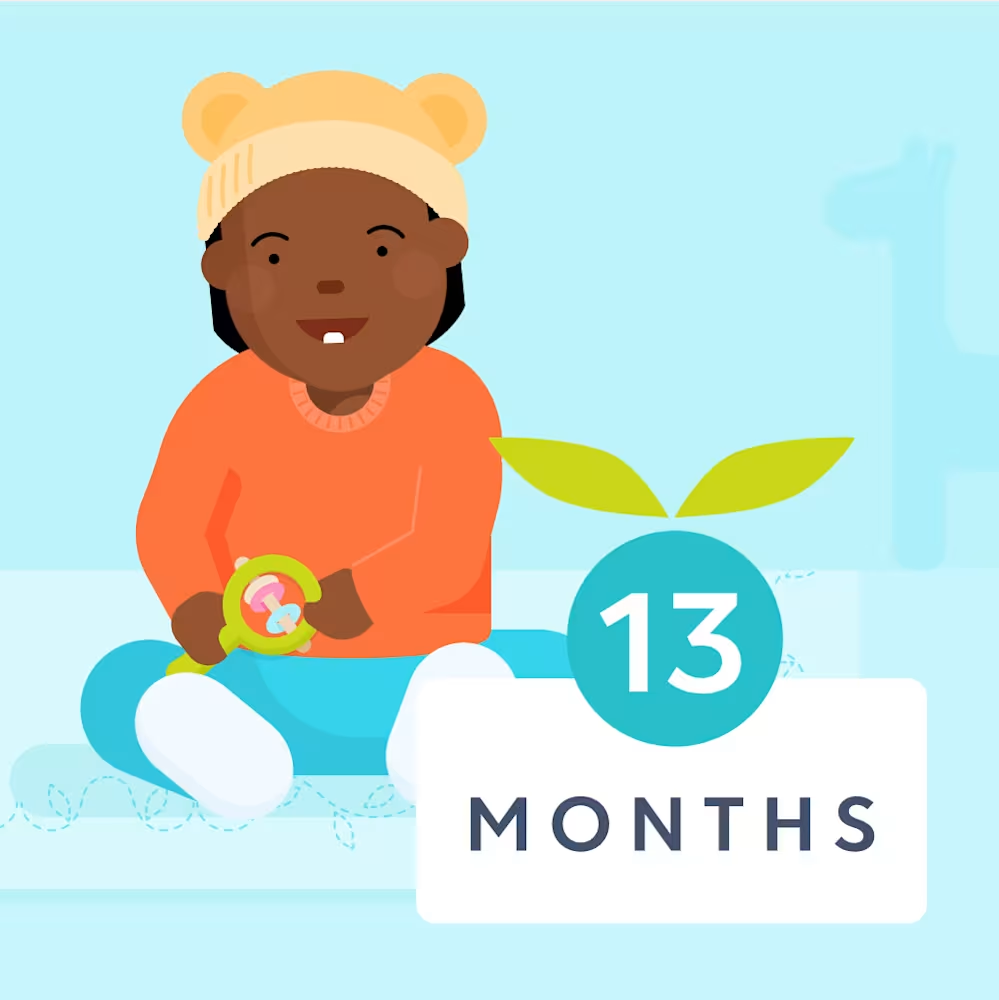Sleep training for 1 year olds and older babies: How to, methods and tips
Updated Nov 25, 2025

Parents have the daunting task of making countless decisions for their children — even something as innocuous as how they should sleep. With , there’s a wide spectrum of approaches and opinions. We’re not here to judge you if you decide to sleep train or not, but we can give you the knowledge to make the right decision for your little one's sleep!
Table of Contents
Can you sleep train 1 year olds?
Yes! If your baby is 12 months or older, sleep training can be an option for improving caused by sleep onset associations (for example, when a baby falls asleep being held, rocked, or fed). After 4 months, the American Academy of Pediatrics (AAP) recommends [] putting your baby in their sleep space while they're still drowsy, but not already asleep. This helps them learn to fall asleep independently, reducing the number of nighttime wakings and creating more restful sleep for the whole family.
Sounds simple enough, right? In reality, it can be difficult to transition from rocking, holding, or feeding your baby to sleep to having them fall asleep on their own! If you decide to try sleep training, there are that can help. You can find one that is faster or slower, depending on your preference and your baby's personality. In the end, it's up to you to decide if sleep training is the right fit for your family.
How many nights does it take to sleep train 1+ year old babies?
It can take a few days or a few weeks to see results. How long it takes depends on the type of sleep training method you choose, your goals, and your child's temperament. Usually, you can expect to notice some progress after 3 to 4 nights if you're using a gradual or total extinction technique. Gentle methods, however, usually take a bit longer.
When you're trying any sleep training approach, it's important to remember that consistency is key. Gaining the ability to fall asleep independently is like mastering any other new skill — you may hit a few bumps in the road before you make any progress. Step #1 is to reset your child’s expectations about bedtime. Step #2 is to give them plenty of chances to practice and become a pro at drifting off to sleep on their own.
Sleep training methods for 1 year olds and older babies
| Sleep training method | Does it work for babies 12 months and older? |
|---|---|
| Gentle methods | Yes, however, these methods take longer and can be challenging to implement with mobile babies who sit or stand instead of lying down to sleep. |
| Chair method | Yes, this method can help parents transition out of the room as their baby falls asleep. Note that some babies become frustrated when their caregiver remains in the room. |
| Ferber method or gradual extinction | Yes, although these methods are faster, they may result in more crying in the short term. |
| Cry it out or total extinction | Yes, this method can be a good option for babies who become more distressed with frequent check-ins. However, we recommend using a video monitor and doing hourly safety checks. |
We get a lot of questions regarding which method is best for older babies. Each method has pros and cons and can be adapted to fit your family’s preferences. Here's a brief overview of some common sleep training approaches.
Gentle method
This approach focuses on gradual changes. One example is the fading technique, which works like this: If your kiddo usually falls asleep while feeding, you can start by trading the feeding for rocking, then reducing the rocking, and eventually putting them in the crib while they're still awake. You'd stay to provide support, and pat to sleep if needed. Eventually, you’d remove your presence as a sleep association. It’s favored by parents who want to minimize tears and don't mind if the process takes longer.
Parents often wonder if gentle sleep training is an option for older babies or toddlers. After all, gradually changing from needing help to falling asleep to do it independently can be daunting when you have an active kid who sits or stands instead of laying down! Here’s the good news: Gradual approaches may take longer, but can still be effective.
Chair method
The chair method is a gradual sleep training technique. You sit in a chair next to your child's crib while they learn to fall asleep on their own. Over time, the chair is moved further away from the crib and closer to the door, so you're still in the room but not necessarily in contact. The goal is to stay in the room with your baby until they fall asleep, and eventually, you won't even need to be there for them to drift off.
This method is often used after the fading technique described above. It's considered a gentle way to get to the point where you can leave the room before your little one is fully asleep. Some children may get more frustrated if you remain in the room but don’t help them to sleep, which can lead to tears and slower progress.
Ferber method
The popular is a “check and console” strategy. This method is preferred by caregivers who want quicker results and are okay with allowing their babies to cry for defined periods of time until they fall asleep.
Instead of slowly changing your baby's sleep habits, the idea is to “rip the bandaid off” by putting your baby down awake in their crib after their bedtime routine. You’d then leave the room. It's normal and understandable for your baby to cry at this point, since this may not be what they're used to. When using graduated extinction sleep training methods like the Ferber method, you’ll start off by leaving for short periods, and then gradually increase the time between check-ins until your baby falls asleep.
The Ferber method is seen by some as a variation of "cry-it-out" (CIO) since it involves leaving the baby in their sleep space and allowing them to cry. However, unlike total extinction "cry-it-out," the parent will usually come back at regular intervals to try and soothe the baby before leaving again. Some variations encourage the parent to pick up their baby or stay in the room to comfort them.
Cry it out
is a fast-acting form of sleep training that permits a baby to fall asleep on their own, without any intervening methods of comfort. This is often the last resort for many parents due to the amount of crying it may involve. However, for parents who find that check-ins to soothe their baby are actually more upsetting, this approach may lead to fewer tears overall.
When using this technique, your baby should be put in their crib awake after their bedtime routine. You then leave the room and do not return to calm your baby down when they protest. Some babies may be able to doze off within 10 minutes while others may cry for a longer period.
Prior to beginning this strategy, it is essential to make sure a baby is properly fed, dry, not in physical discomfort, and has the developmental capability to calm themselves down without support. For extra safety, a video monitor with hourly check-ins is advised.
Sleep training tips for children aged 1+ year old
Sleep training tip | How it helps | What to try |
|---|---|---|
Find the right bedtime | A well-timed bedtime helps prevent overtiredness and bedtime battles. | Babies taking two naps usually need 3 - 4 hours of awake time before bed, but older babies and toddlers may need 5 - 6 hours if they're on one nap. Try Huckleberry’s Schedule Creator to find ideal timing. |
Take a break and reset | Short breaks can help calm everyone and limit power struggles. | If your child is too upset to fall asleep, pause for 10 - 15 minutes, then redo a shortened version of their bedtime routine to signal it’s time for sleep. |
Avoid constant intervening | Giving kids space helps them practice falling asleep on their own. | Instead of repeatedly laying your child down, check in every 10 - 15 minutes with a gentle reminder that it’s time to rest. |
Find more details below:
Tip #1: Find the right bedtime
A well-timed bedtime can help cut down on bedtime struggles. Babies who are taking 2 naps a day typically need 3 - 4 hours of awake time before bed to be sufficiently tired, while older babies and toddlers usually need 5 - 6 hours of awake time. Our can help you find the right bedtime for your kiddo.
Tip #2: Take a break and reset
Try not to fall back on helping your kiddo to sleep during this process. If your child is having trouble falling asleep independently at bedtime, it’s okay to take a 15-minute break before trying again. Be sure to redo a shortened version of your routine to cue that it’s time for bed. This can help calm kids that are particularly upset and give children with persistent temperaments a chance to reset.
Tip #3: Avoid constant intervening
If your little one stands, sits, or plays in their crib at sleep time, you’re not alone. While it can be tempting to continually lay them down, this can result in a power struggle and leave both of you frustrated. Instead, give your child some space to wind down on their own. You can remind them every 10 - 15 minutes that it’s time to sleep, and gently reposition them at that time.
Can you sleep train babies 1+ year olds for naps?
Yes! Note that if your baby takes two naps per day, they may skip a nap during daytime sleep training. Here are some tips to help you navigate this process:
If your baby takes two naps, work on each nap for an hour while sleep training.
If your child takes just one nap, you may want to work on each nap for 90 minutes.
If your kiddo is having trouble falling asleep independently, take a break for an hour. Then you’ll do a shortened version of your nap routine and try again. If your child still won't nap after the second try, then consider it skipped and move on.
You'll probably need to move bedtime earlier by 30 minutes or so if naps are shorter or skipped to help limit overtiredness.
How to sleep train 1 year old twins?
Here are some tips for sleep training twins at naptime:
Temporarily separate them until naps improve.
When napping in the same room, use to help muffle sounds.
If one twin wakes early, wake the other twin within 15 - 30 minutes so their schedules stay in sync, which will make it easier for them to have the same bedtime at night (optional).
What to do if sleep training your 1 year old is not working
Sleep training is the process of helping your child learn a new set of habits and skills. Try not to be discouraged if you’re not seeing success right away. Here are some things to keep in mind:
Make sure your baby is falling asleep independently each night — if they’re getting help to sleep on some nights, but not others, this can create confusion and slow progress.
Put your baby in their bed more awake (not super drowsy).
Reach out to your pediatrician to rule out any medical issues.
Get a customized sleep plan through .
Takeaway
No single right way: The best sleep training approach depends on your child’s temperament, your parenting style, and what feels sustainable for your family.
Expect some protest: If your little one’s used to falling asleep with help, it’s normal for them to resist at first.
Consistency counts: Sticking to your plan helps your child feel secure as they learn new sleep habits.
Patience pays off: With time and reassurance, most children adapt and start falling asleep more independently.
Sleep training babies 1 year olds and older FAQ
If you're curious about more tips for , we've got you covered. Also look back on if you'd like a refresher.
Share article:
Note: The content on this site is for informational purposes only and should not replace medical advice from your doctor, pediatrician, or medical professional. If you have questions or concerns, you should contact a medical professional.
2 Sources
Table of Contents
Share article:
